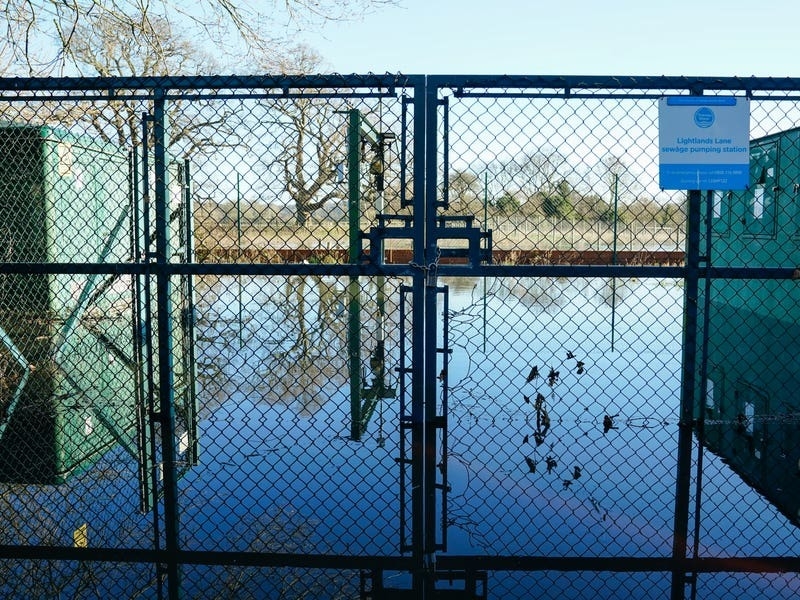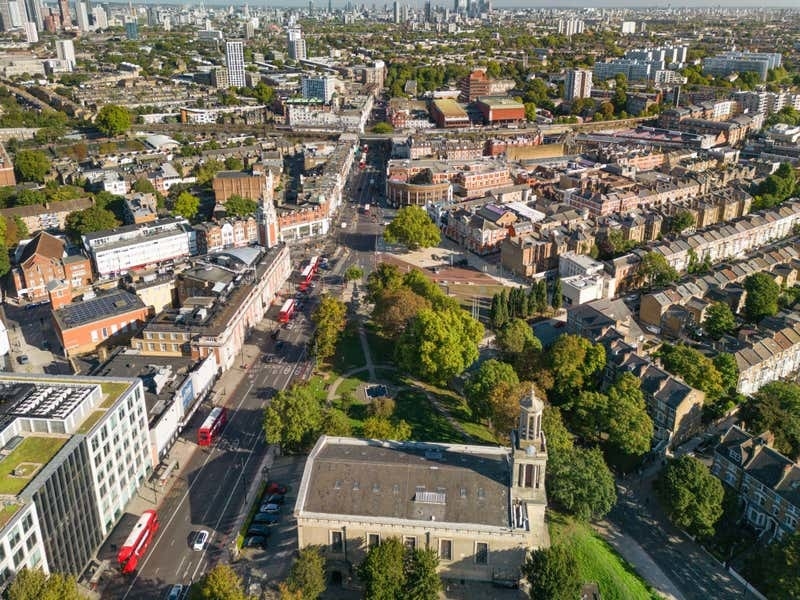In the hot summer of 1914, the inhabitants of two villages in the then sleepy French backwater around the River Somme went about their business oblivious to the political wranglings and fierce military rivalries that were reaching boiling point across Europe.
By the winter of 1916, Guillemont and Soyécourt, to the south of Amiens, had both been wiped off the map by the Somme Campaign, which lasted from 1 July to 18 November. It claimed more than one million casualties on both sides and destroyed dozens of communities that became key military points in numerous battles.
Jersey, through the Island soldiers who fought in the Great War and aid given to France in the 1920s to rebuild its shattered infrastructure, has direct links to Guillemont and Soyécourt. Over the ensuing decades, and in particular after the Second World War, when the Island’s focus on commemoration turned to marking its own Liberation, those associations were largely forgotten.
Fortunately, thanks to the past four years of international and local events to commemorate the centenary anniversaries of the First World War, those links are being re-established.
- A piece of land that is forever Jersey
More than 6,290 Islanders fought in the First World War, with 862 listed as dead or missing in action. Among them was a small but unique group, all members of the Island’s ancient defence force, the Royal Jersey Militia, which was founded in the 14th century, who volunteered to form a local unit in 1915.
In the end 326 men formed the Jersey Contingent – Jersey Company – as they were named when they joined the 7th Battalion, Royal Irish Rifles, when southern Ireland was part of the UK and its men served in the British Army. By the end of the war, 80 had died and a similar number had been seriously wounded.
Whatever their official military title, they were the closest the Island had to a ‘Pals’ regiment, which were formed from men – many related, workmates and friends – from communities, towns and cities across the British Isles.
To those left behind in the Island, they were affectionately known as ‘Ours’.
The men of the Jersey Contingent were not the only Channel Islanders who fought in the Battle of Guillemont from 3 to 9 September 1916. There were also Guernseymen fighting alongside the Irish from the Guernsey Company of the 6th Royal Irish Rifles in the neighbouring village of Ginchy.
Before the battle, British Commander in Chief General Douglas Haig described the village, 83 miles from Paris, as ‘a real thorn in the British side’.
Heavily fortified by the Germans, and by 3 September 1916 largely in ruins, it nonetheless formed a key section of the enemy line of defence at the strategically important junction between the British and French armies.
It had to be taken whatever the cost.
Only two of the 20 Islanders who died in the battle have known graves.
- A tribute to the Island’s fallen soldiers
On 3 September 2016, on the centenary of the battle, a memorial to the Jersey Contingent was at last unveiled in Guillemont, by the Bailiff, Sir William Bailhache, as part of an international commemoration which included government ministers from the UK, Ireland and France.
The memorial, a traditional Jersey granite standing stone, had been previously transported to France and erected by the Jersey Field Squadron, the modern successors of the Royal Jersey Militia.
However, the idea for the stone came from former St Peter Deputy Collin Egré, and historian and author Chris Stone played a key role in the project.
Over the past two years Islanders – some on a special JEP readers’ tour to the Western Front – have visited to place poppy crosses and wreaths and the people of Guillemont have created a garden of remembrance on the open green where the stone stands. There are plans to open a small museum in the village so visitors can learn more about those who fought in the battle. The Mayor of Guillemont, Didier Samain, is also to be invited to attend the Island’s Liberation Day celebrations in the future.
This morning, visitors from Jersey and Ireland and the people of Guillemont were due to come together again to remember the men of the 7th Royal Irish Rifles at each of their respective memorials.
The Bailiff is again leading the Jersey party, which includes the Lieutenant-Governor, Air Chief Marshal Sir Stephen Dalton, and local historian and author Ian Ronayne.
His book, Ours: The Story of the Jersey Pals in the First World War, which was serialised in the JEP over the past four years, was largely instrumental in the Contingent being restored to their prominent place in Island history – even if it took 100 years.
In November, when the Island commemorates 100 years since the First World War ended, a cylindrical piece of granite removed from the stone to represent its heart will be put on permanent display in the Royal Square.
- Jersey’s forgotten adopted town on the Somme
Following the ceremonies and lunch reception in Guillemont, the Jersey party were today due to be driven 12 miles south to Soyécourt, which takes it names from one of Picardy’s most illustrious medieval families. Its population today is about 200, many of whom are expected to attend a friendship ceremony around the town’s war memorial, which includes a commemorative stone acknowledging the Island’s contribution to the reconstruction of Soyécourt in the 1920s.
Jersey had responded to a nationwide appeal from the British League of Friends to provide aid to communities in northern France that had been devastated during the Great War.
Some 80 British cities and towns – as well as islands such as Jersey – adopted 95 French communities between them and considerable help and moral support was made available.
In March 1921 the States voted to give £1,000 – around £24,000 in today’s money – and more was raised by public subscription and church donations to be spent on restoring Soyécourt’s public water supply. A further donation of £30 was made in 1924 to be put towards the costs of the town’s war memorial.
Invitations to the Bailiff’s Office to attend restoration ceremonies in Soyécourt were declined.
However, a States Member on holiday in the area in 1924 visited the town and made himself known to the mayor. He received a very warm welcome and was given a tour of the area.
That is where the story ended… until recently, when new friendships will no doubt have been forged at a vin d’honneur for the Jersey visitors – hospitality the Island hopes to return when it invites officials from Soyécourt to Jersey to celebrate the centenary of the post-war adoption project.
- Full report and pictures of the commemorations to follow.






